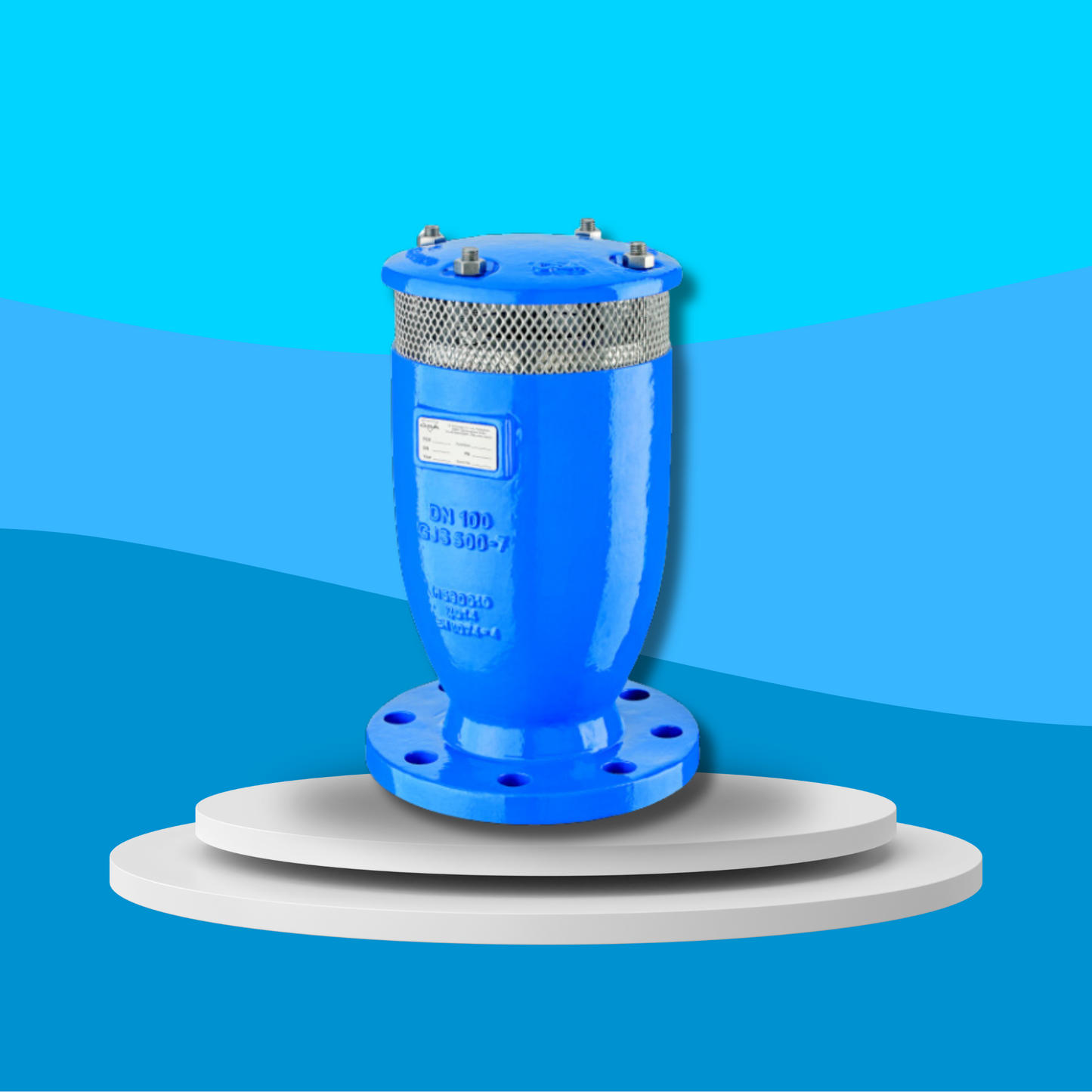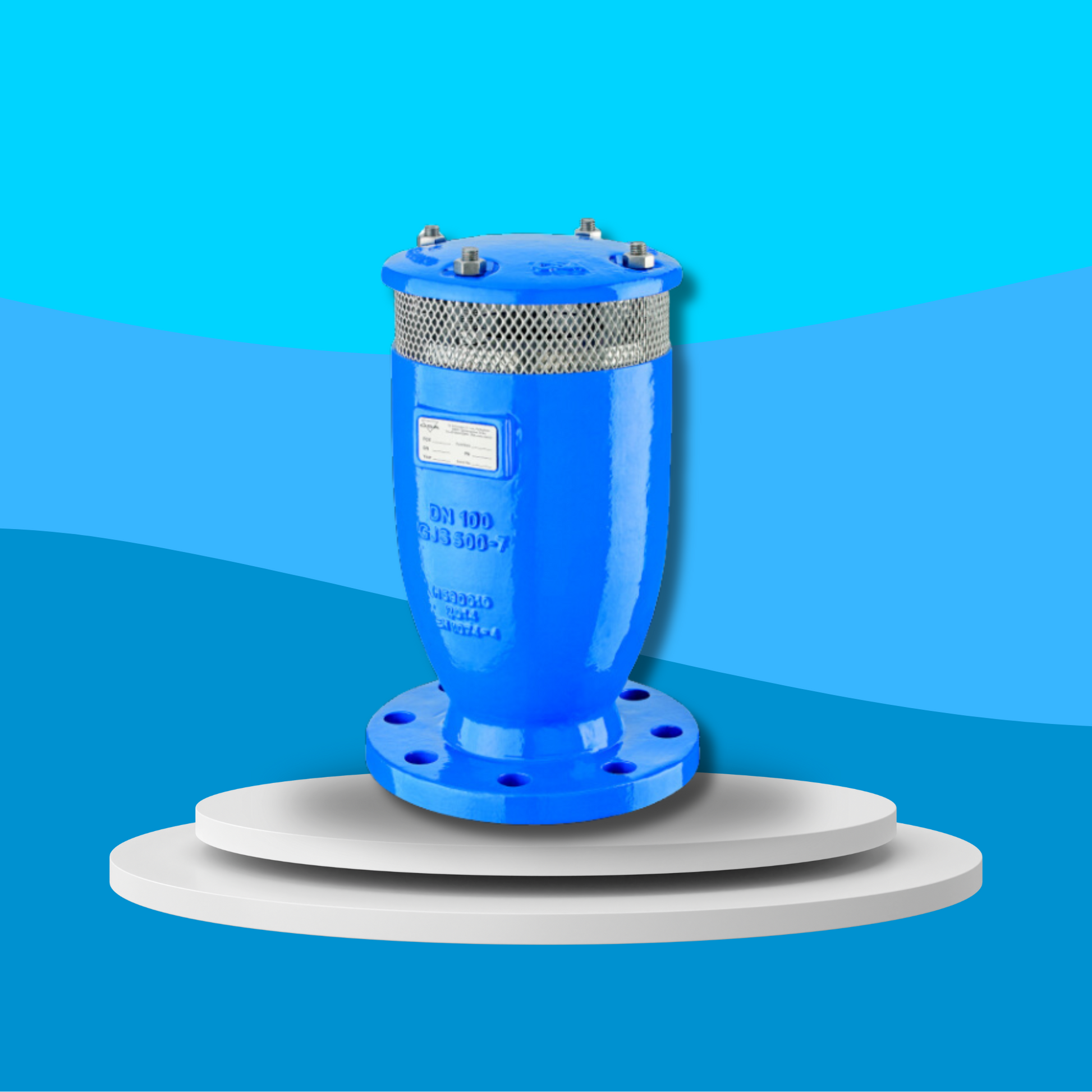Wras Valves
WRAS Approved CSA Ductile Iron Air Release Valve
WRAS Approved CSA Ductile Iron Air Release Valve
Couldn't load pickup availability
WRAS Certified
Introducing the WRAS Approved CSA Ductile Iron Air Release Valves, engineered to deliver superior performance and reliability in both clear and potable water systems. These valves offer rapid fill prevention, high air flow output, and dynamic sealing at low pressures starting from 0.2 bar. Featuring anti-corrosion protection with an Epoxy coating, these valves are suitable for a variety of pressures up to 16 bars, ensuring dependable operation across diverse installation environments.
Key Features:
- WRAS Approved: Certified to meet high water safety and quality standards.
- Rapid Fill Prevention: Equipped with mechanisms to prevent rapid fill.
- High Air Flow Output: Ensures efficient air release and intake.
- Dynamic Sealing: Effective sealing at low pressures starting from 0.2 bar.
- Anti-Corrosion Protection: Epoxy coated with Blue RAL 5005 paint applied using FBT technology for enhanced durability.
- Versatile Application: Suitable for clear and potable water systems, providing network and station protection.
- Reliable Construction: Made with stainless steel seat and degassing system for long-lasting performance.
Specifications:
- Prevention Mechanism: Rapid Fill Prevention (RFP)
- Air Flow: High air flow output
- Air Release: Pressure air purge
- Air Intake: High air flow intake
- Sealing: Dynamic, effective at low pressures (from 0.2 bar)
- Chamber Design: Simple with full passage
- Guidance Features: Uniform, precise ribs for mobile equipment
- Material: Stainless steel seat and degassing system
- Corrosion Protection: Epoxy coating, Blue RAL 5005 paint applied with FBT tech
- Application: Clear and potable water, network and station protection
- Temperature Range: 0°C to +60°C
- Pressure Range: 0.2 bar to 16 bars
- Product Range: BSP DN1" and DN2", Flange PN10/16 DN50 to DN150, Flange PN16 DN200
Share

FAQ's
What is the difference between a valve and an actuator?
What types of actuators are available?
The main types of actuators are:
Pneumatic actuators – use compressed air for fast, reliable operation.
Electric actuators – use electrical power for precise control.
Hydraulic actuators – use fluid pressure for high-torque applications.
Each type offers unique advantages depending on the environment, media, and system control needs.
How do I choose the right actuator for my valve?
To select the correct actuator, consider:
Valve type and torque requirement
Power source available (air, electric, or hydraulic)
Operating environment (temperature, humidity, hazardous area)
Control signal type (on/off or modulating)
Matching actuator torque and compatibility with the valve’s ISO mounting ensures reliable performance.
What are the main types of valves used in automation?
The most common valves in automated systems include:
Ball valves – for tight shutoff and quick operation.
Butterfly valves – for larger flow control with compact design.
Globe valves – for precise throttling and flow regulation.
Check valves – to prevent backflow.
Gate valves – for full bore flow isolation.
What’s the difference between a double-acting and spring-return actuator?
Double-acting actuators use air (or power) to both open and close the valve.
Spring-return actuators use air to open (or close) the valve, and a built-in spring to automatically return it to a safe position when power or air is lost — ideal for fail-safe operation.
How often should valves and actuators be serviced?
Regular maintenance intervals depend on operating conditions, but a good rule of thumb is to inspect every 6–12 months.
This includes checking for leaks, lubrication, seal wear, and actuator responsiveness to prevent unexpected downtime.

